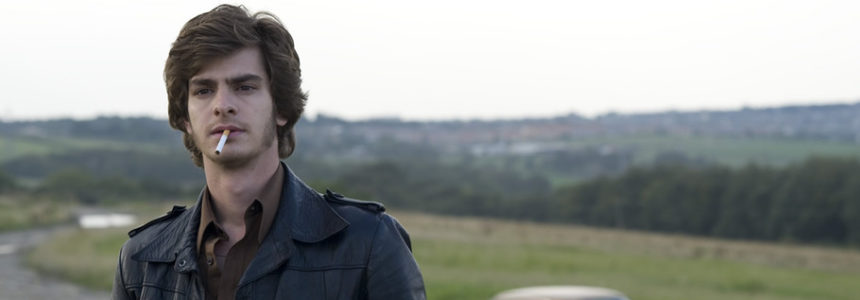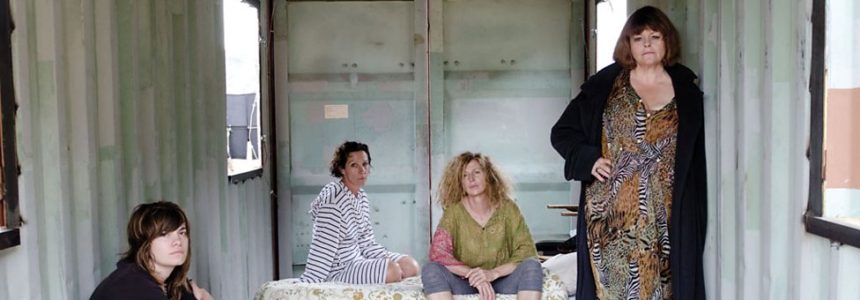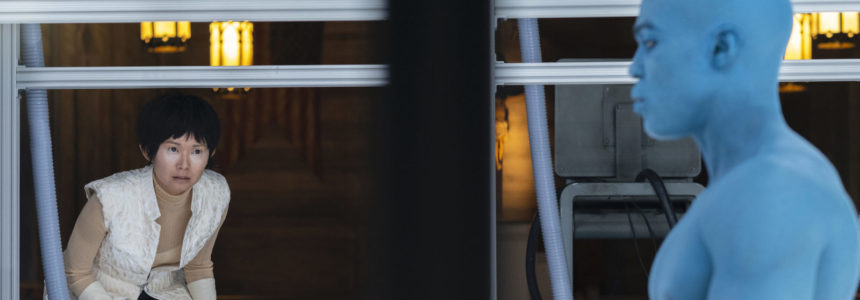ISSUE #21 – Contemporary mini-series or the powers of the in-between
Introduction
The production of mini-series continues to grow, initiated by both television channels and streaming platforms, and increasingly supported by actresses and actors from the film industry. Miniseries such as Top of the Lake (2013), P’tit quinquin (2014), Chernobyl (2019), Small Axe (2020) or, even more recently, We Own This City (2022) are drawing a vast aesthetic constellation, induced by very varied production strategies.
The French notion of mini-series is very broad; in the Anglo-Saxon world, it is broken down into sub-categories with porous borders: miniseries, limited series, limited-run series in the strict television field, anthology mini-series. The commonly accepted definition of miniseries is based mainly on the self-contained narrative and reduces both the structure and the modalities of exploitation to a limited number of episodes (generally less than 12), to be broadcast – in the case of limited-run TV series – on consecutive days and over a short period.
The aim of this conference is to question the aesthetic powers of contemporary mini-series, produced since the 2000s, to analyse the singular seriality and the modes of production that are related to them, to address their specific modes of broadcasting.
What principles of seriality are at work in mini-series? Do the limited number of episodes and the strategies of time-limited broadcasting imply different narrative forms from those of long-running series? How are the writing of spaces and the evolutionary dynamics of characters constrained by this “limited seriality”?
Mini-series are often part of smaller economies and circumscribed temporalities. To what extent can they constitute creative spaces conducive to aesthetic inventions, to the deployment of singular filmic forms, sometimes implemented by filmmakers coming from feature films? How do certain mini-series rely on journalistic or sociological observations to create narratives of limited seriality that plunge into the social workings and cultural dynamics of our time?
These questions will be examined in the light of the two other standard genres: series (in the literal sense of the term), of which mini-series are a reduced and limited modality, and feature films, of which they constitute an extension with serialities.
Bertrand Bacqué and Olivier Zuchuat, Cinema Department
Cover image: Normal People (BBC 3, Hulu, 2020)














